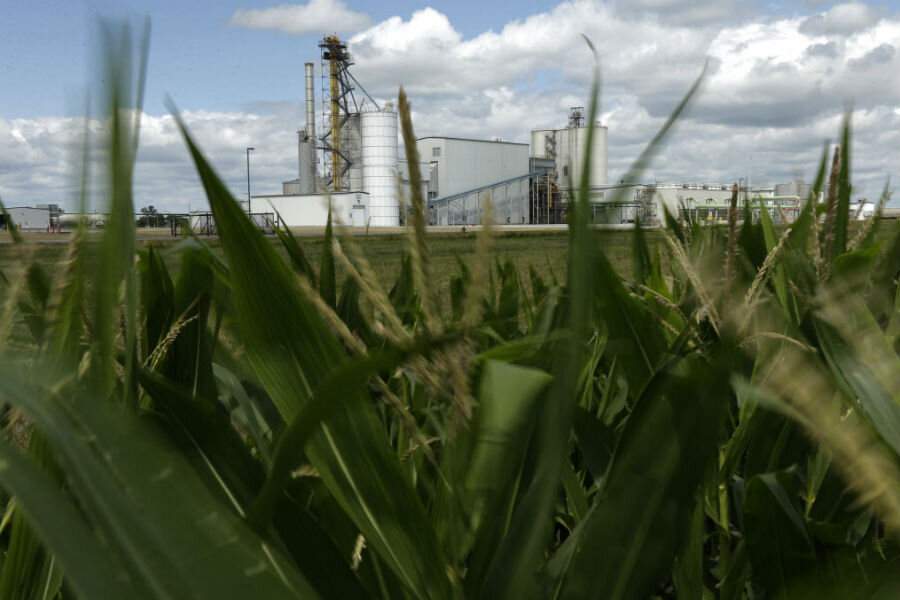Scientists – by accident – turn carbon dioxide into ethanol fuel
Loading...
The microwave. Safety glass. Sweet’N Low. These are just a few of the accidental inventions that have changed the world, in small ways and big. Now, a new discovery may join them.
Researchers at the Oak Ridge National Laboratory, a Department of Energy lab in Tennessee, have discovered a mechanism for converting carbon dioxide into ethanol. Their method takes advantage of nanotechnology, creating a catalyst that produces ethanol from a solution of carbon dioxide in water.
“We discovered somewhat by accident that this material worked,” said Adam Rondinone, the lead author of a new study in the journal ChemistrySelect. “We were trying to study the first step of a proposed reaction when we realized that the catalyst was doing the entire reaction on its own.”
The discovery may change the way we think about carbon dioxide. If it could be captured and turned into a fuel, then carbon dioxide – the earth-polluting byproduct of global dependence on fossil fuels – could help high-energy societies work toward energy independence. The process would also allow renewable energy to be stored as ethanol, creating greater certainty about supply, the researchers say.
“We’re taking carbon dioxide, a waste product of combustion, and we’re pushing that combustion reaction backwards with very high selectivity to a useful fuel,” said Dr. Rondinone.
Researchers have attempted to convert carbon dioxide into useful substances before, primarily using metal-based catalysts like copper, platinum, silver, and gold. But competing reactions have meant that very little of any one product is generated.
By using nanotechnology, Rondinone and his colleagues could limit the side reactions and get more ethanol. They embedded copper nanoparticles in carbon spikes, providing a large surface on which for the reaction to occur. And the catalyst works without rare and expensive materials: only tiny amounts of copper were needed.
Another benefit to this technology: it can operate at room temperature and in water. All of this means that it could prove economically viable on a larger scale.
Repurposing carbon dioxide could be invaluable for the environment, the researchers say. Converting it into ethanol can turn a greenhouse gas into a gasoline-like fuel source. Ethanol contains one-third less energy than gasoline but produces far fewer byproducts when burned in engines, which can limit further carbon emissions.
“Closing the carbon cycle by utilizing CO2 as a feedstock for currently used commodities, in order to displace a fossil feedstock, is an appropriate intermediate step towards a carbon-free future,” the researchers wrote in the study.
Ethanol is already used in cars and trucks as an additive to gasoline. Most US gas contains up to 10 percent ethanol, while flex fuel vehicles can use mixes with up to 83 percent ethanol. Wider availability of ethanol could see a rise in vehicles able to use the fuel – particularly if an efficient conversion process makes it a better economic bet than gasoline.
The researchers also hope that ethanol conversion processes could provide an answer to a problem plaguing renewable energy production: how to store the energy for later use.
“A process like this would allow you to consume extra electricity when it’s available to make and store as ethanol,” Rondinone said. “This could help to balance a grid supplied by intermittent renewable sources.”
Ethanol has higher fuel density than existing batteries, meaning that more energy could be stored in a smaller space – such as on a home rooftop covered in solar cells.
This may not be the perfect catalyst to revolutionize energy production and storage, the researchers concluded in their study, but the use of nanotechnology to focus on ethanol production is a step in the right direction. They will continue to investigate the process to develop their understanding of the reaction and improve its efficiency.








